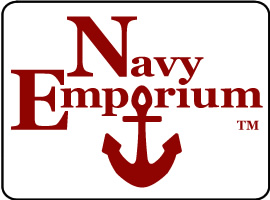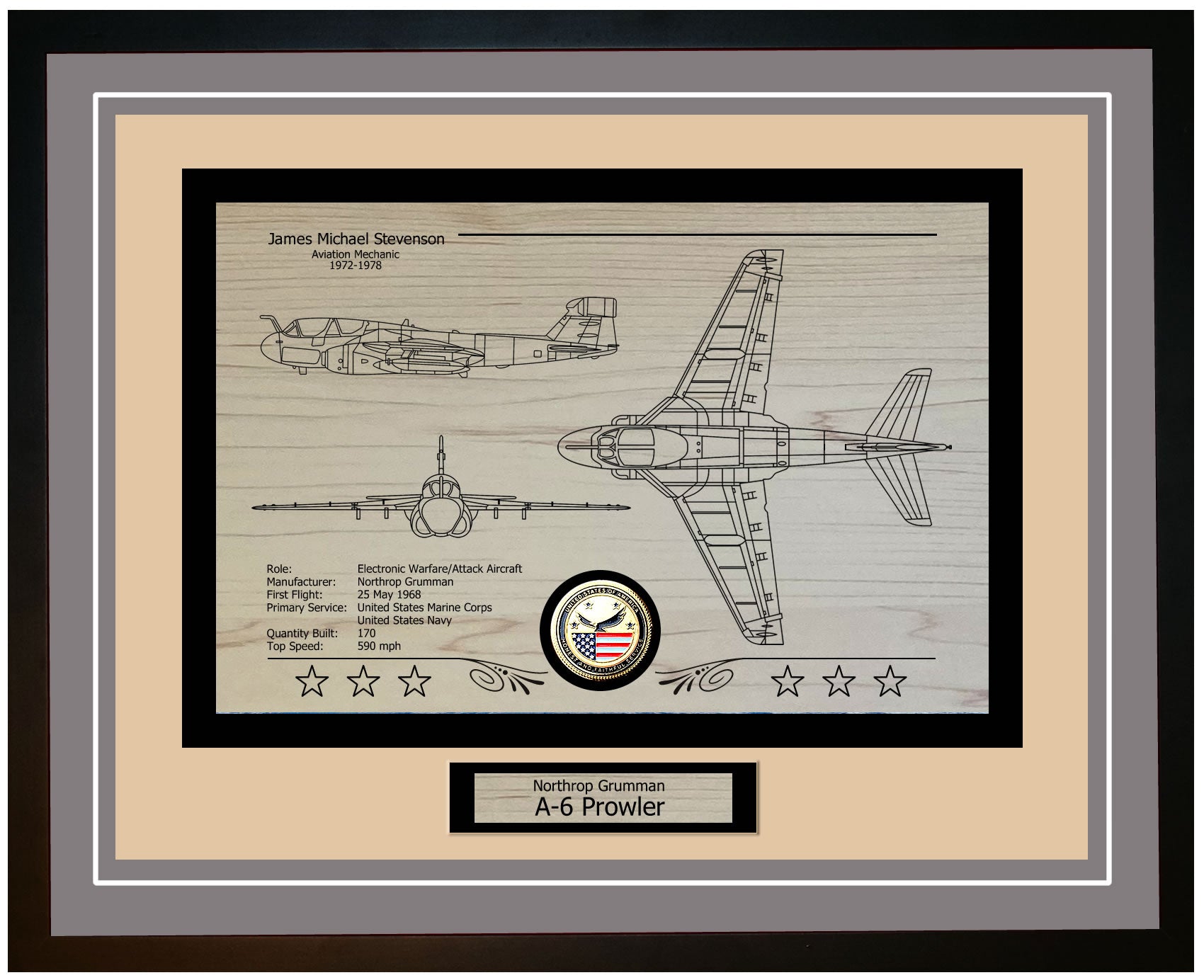The USS Formoe (DE 509) was a destroyer escort of the John C. Butler class built during World War II. Construction began on December 15, 1943, at the Federal Shipbuilding and Drydock Company in Newark, New Jersey. The ship was launched on January 30, 1944, and officially entered service with the United States Navy on March 18, 1944. The development of the USS Formoe was part of an initiative to rapidly strengthen the Navy's fleet in response to the conflict, focusing on enhancing submarine warfare capabilities.
This vessel was named after Ensign John R. Formoe, an aviator who posthumously received the Navy Cross for his heroic actions during the Battle of Midway. Ensign Formoe's courage and sacrifice represented the valor and dedication displayed by men serving in the Navy during that period. Naming the ship after him served as a tribute to his service, ensuring that his memory would endure among generations of sailors.
The USS Formoe distinguished itself through its size and versatility as a destroyer escort. Its compact design and enhanced maneuverability compared to destroyers made it well-suited for tasks such as convoy protection and anti-submarine operations. The USS Formoe was armed with depth charge projectors, submarine mortars, torpedoes, 5-inch guns, and anti-aircraft artillery, making it a formidable adversary against enemy submarines and aircraft.
The impact of the USS Formoe on the U.S. Navy is significant, showcasing the crucial role that destroyer escorts played in securing victory in World War II. These vessels were vital for safeguarding convoys from U-boats and Japanese submarines in the Pacific. Alongside its sister ships, the USS Formoe contributed to ensuring the transport of troops, supplies, and equipment essential for operations. The success of the destroyer escort program underscored the value of these ships in naval warfare.
As a member of the John C. Butler class—one of the classes of destroyer escorts constructed during the war—the USS Formoe exemplified cost-effective and quickly producible vessels that allowed for swift fleet expansion. These ships were primarily tasked with providing convoy and task force protection against submarine and aircraft threats.
Launched into service on March 18, 1944, the USS Formoe emphasized speed, maneuverability, and firepower tailored to its roles. It quickly became an asset in the Navy's mission to secure the seas and support global operations. Throughout its service, the USS Formoe engaged in various missions and battles, showcasing the effectiveness and dependability of its John C. Butler class design. The ship's significant contributions during wartime and its lasting impact stand as a tribute to the dedication and expertise of its crew members.
USS Formoe DE-509: A Technological Marvel of Naval Engineering and Firepower
he USS Formoe (DE 509) belonged to the John C. Butler class of destroyer escorts, known for its adaptable design during World War II. With a length of 306 feet and a beam of 36.75 feet, the ship achieved a balanced mix of speed and stability. Its hull was crafted from high-tensile steel, ensuring resilience and the ability to withstand the challenges of warfare. The superstructure was strategically designed to optimize visibility and operational effectiveness, featuring a bridge that facilitated command and control during combat engagements. The layout of the USS Formoe was carefully arranged to ensure access to systems for maintenance and repair, which was crucial in intense battle conditions.
In terms of technology, the USS Formoe was equipped with advanced systems for its era. Powered by two General Electric turboelectric drive engines generating a combined 12,000 shaft horsepower, the ship could reach speeds of up to 24 knots, allowing it to swiftly carry out escort and anti-submarine missions. It also had radar and sonar systems, such as the SL surface search radar and the QHB sonar. These technologies were vital for spotting enemy submarines and surface vessels, giving the ship a significant advantage. By integrating these systems into its operations, real-time data processing and decision-making were enhanced, playing a crucial role in combat situations.
The USS Formoe's armament was designed to counter threats from both above and below the water. Its primary armament included two 5-inch/38 caliber dual-purpose guns for targeting surface ships and aircraft. These guns were complemented by twin 40mm Bofors and single 20mm Oerlikon cannons, forming a robust defense against aerial assaults that posed significant risks during the ship's operational era. The USS Formoe also featured three 21-inch torpedo tubes capable of launching Mark 15 torpedoes, designed to engage enemy submarines and surface vessels.
In submarine warfare, the USS Formoe was exceptionally well-equipped. It included a Hedgehog submarine mortar that could fire 24 projectiles in a circular pattern, increasing the chances of hitting a submerged target. It also had depth charge projectors and racks to deploy depth charges at various depths, causing underwater explosions to damage or destroy enemy submarines. With these weapons and advanced sonar systems, the ship was well-prepared to face underwater threats. Its role in protecting convoys and ensuring sea control during World War II relied heavily on its ability to engage and neutralize enemy submarines.
USS Formoe DE-509 Crew Member Reports of Time Aboard
The USS Formoe (DE-509) holds a special place in the hearts of its former crew members, as evidenced by the memories shared in its guestbook. One such memory comes from Michael Eplite, who served aboard the ship in 1946 as a Fireman Recruit (FR). Eplite's post reflects a longing to reconnect with his shipmates from that era, specifically mentioning T. Snow, C. Nelson, and Charly Sisto. His message, which includes his phone number and location in Florida, underscores the enduring bonds formed during their time on the USS Formoe.
Eplite's recollection is a testament to the camaraderie and friendships that developed among the crew members. The mention of specific individuals like T. Snow, C. Nelson, and Charly Sisto suggests that these relationships were significant and memorable. The fact that Eplite is reaching out decades later indicates the lasting impact of their shared experiences aboard the ship.
The USS Formoe, like many naval vessels, was more than just a ship; it was a floating community where young men from diverse backgrounds came together to serve their country. The guestbook post by Eplite provides a glimpse into the personal connections that were forged during their service. It also highlights the desire of veterans to maintain these connections long after their time in the Navy has ended.
In summary, Michael Eplite's guestbook post is a poignant reminder of the strong bonds formed aboard the USS Formoe (DE-509). His effort to reconnect with former shipmates T. Snow, C. Nelson, and Charly Sisto speaks to the deep and lasting friendships that were built during their service in 1946.
USS Formoe DE-509: Evolution of a Naval Guardian
The USS Formoe (DE 509) underwent upgrades throughout its service life, ensuring it remained a valuable asset in the U.S. Navy. Originally commissioned during World War II, the vessel was equipped with cutting-edge anti-submarine warfare (ASW) technology of that era, including depth charge projectors and Hedgehog anti-submarine mortars. As technology progressed, the Formoe received significant improvements. In the 1950s, it was modernized with sonar systems and radar capabilities for detecting and tracking enemy submarines and surface vessels. Its armament was also enhanced with anti-aircraft guns to strengthen its defense against aerial threats.
The mission capabilities of the USS Formoe evolved alongside these upgrades. Initially serving as a destroyer escort during World War II, its main task was to safeguard convoys from submarine attacks. With its ASW capabilities, it played a vital role in protecting Allied shipping routes in both the Atlantic and Pacific regions. After the war, the ship’s responsibilities expanded to include involvement in Cold War operations as a deterrent against submarine activities. The Formoe’s versatility was evident during the Korean War, where it provided naval gunfire support and conducted coastal patrols. These varied tasks highlighted the ship's flexibility and strategic importance.
The USS Formoe made significant contributions to the fleet. During World War II, it played a role in naval battles such as the Battle of the Atlantic, where it escorted convoys and thwarted submarine attacks. Its presence in the Pacific theater was also impactful, supporting island-hopping campaigns and securing supply routes. Post-war, the Formoe continued its service by participating in NATO exercises and joint operations with allied navies, enhancing maritime cooperation and preparedness.
Throughout its history, the USS Formoe embodied the resilience and adaptability of U.S. Navy destroyer escorts. Regular upgrades ensured its relevance amid evolving technologies and geopolitical challenges. With its capabilities, it effectively countered threats ranging from submarine warfare to coastal defense. The enduring contributions of the Formoe not only highlight its importance but also emphasize the critical role of destroyer escorts in upholding maritime security and operational dominance.
USS Formoe DE-509: Guardian of the Seas - A Chronicle of Valor and Service
The USS Formoe (DE 509) played a significant role in important missions during its active service, particularly throughout World War II. Launched in 1944, the vessel primarily operated in the Pacific Theater, where its main tasks included escorting convoys, engaging in submarine warfare, and supporting amphibious landings. A notable deployment occurred during the Battle of Leyte Gulf in October 1944, when it contributed to thwarting Japanese efforts to disrupt the Allied invasion of the Philippines. The ship’s skilled maneuvers and effective use of its submarine capabilities were key in protecting larger vessels from enemy threats both below and above water.
In addition to its Pacific assignments, the USS Formoe also participated in the Okinawa campaign, one of the significant assaults during the Pacific War. Its responsibilities involved detecting enemy submarines and providing defense against kamikaze attacks, which posed a considerable danger at that time. The crew’s alertness and rapid responses to these suicide missions helped minimize damage to the fleet and ensured mission success. The ship's performance in these battles showcased its adaptability and the skill of its crew when faced with combat situations.
During its service, the USS Formoe received several accolades recognizing its contributions to the war effort. The ship was awarded the Asiatic-Pacific Campaign Medal adorned with battle stars, acknowledging its involvement in various battles and operations across the Pacific theater. The crew’s exceptional proficiency in submarine warfare earned them the Navy Unit Commendation, a tribute to their courage and expertise in safeguarding Allied naval forces against submarine threats. These accolades not only underscored the ship's achievements but also highlighted the commitment and professionalism of its crew.
Following World War II, the USS Formoe continued to serve in roles that included participating in training exercises and carrying out patrol missions during the Cold War era. Although it did not engage in combat during conflicts, the ship's legacy endured through the sailors who trained on board and the strategic insights gained from its wartime service. The awards it received stand as a testament to its history, symbolizing its lasting influence on naval operations and its role in achieving victory during one of history’s most challenging periods.
USS Formoe DE-509 Ship Specifications
| Specification | Details |
|---|---|
| Class | John C Butler Class Destroyer Escort |
| Commissioned | October 5, 1944 |
| Displacement | 1,745 tons |
| Length | 306 feet |
| Beam | 36.9 feet |
| Draft | 13.5 feet |
| Speed | 24 knots |
| Complement | 14 Officers 201 Enlisted |






